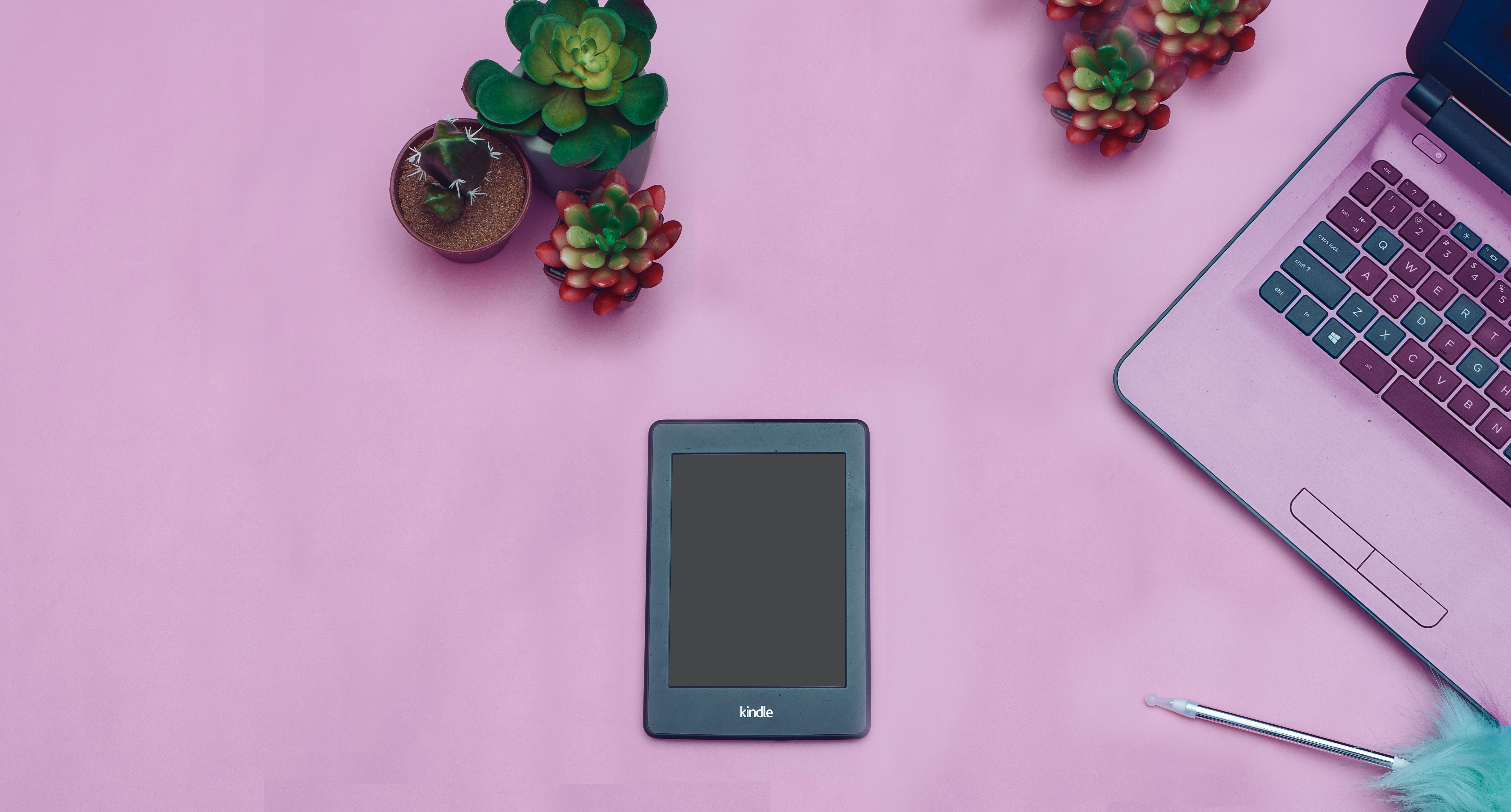


Amazon opens to EPUB sideloading to the Kindle library
Research and development
A year ago we brought you the news that Kindle would stop ingesting the MOBI format for liquid-layout ebooks, as well as the derived PRC and AZK formats, in the Kindle Direct Publishing program (for publishers and self-publishers). The decision was announced by Amazon as the first move “to simplify the e-book publication process” on its platform and it became effective as of June 28th, 2021.
NowAmazon has announced that, beginning late 2022, Kindle users will be able to directly send EPUB files to their Kindle library, without any prior conversion to MOBI or AZW, the proprietary formats still used by Amazon for their e-books.
This decision marks a new step towards the EPUB format and a gradual move away from the proprietary MOBI format.
How it works now
“Send to Kindle”is a free service that allows users to send documents and e-books via an authorized email address to their Kindle Library to read them on their Kindle devices or Kindle apps, both desktop and mobile (iOS and Android).
The “Send to Kindle” app supports different formats: DOC/DOCX, RTF, PDF, HTML and of course MOBI and AZW. It still does not support EPUB, even though in recent years this format has become the standard for the international digital publishing ecosystem.
Therefore, for users who want to read an EPUB file on their Kindle or on the Kindle app, the only solution, for now, is to convert the EPUB file to one of the accepted formats. But as of the end of this year, this step will no longer be necessary: they will simply need to email the EPUB file to their device or app and Amazon will take care of converting it to a Kindle-compatible format. Note that, however, the EPUB files must be DRM-Free, so they can’t have any encryption.
What will change
MOBI files will no longer be supported in the “Sent to Kindle” feature, since the .mobi is an old file format which doesn’t support the newest Kindle features for documents. It is a relic from Amazon’s 2005 acquisition of Mobipocket, whose technology has been instrumental in the development of the Kindle ecosystem and its success. The current format is actually only a slight variation of the first one developed, almost twenty years ago, by the French company.
What does this actively mean for readers? If Amazon no longer supports its traditional format, what is going to happen to the Kindle libraries of readers around the world? Don’t panic: files in this format will still be available and readable in the Kindle library, and readers will be able to enjoy their Amazon e-book in the same way as before. Simply put, it will no longer be possible to load MOBI files into one’s library via sideloading.
What does this mean for accessibility?
These steps by Amazon towards the EPUB format are definitely good news: EPUB is an open standard for digital publications, developed by the International Digital Publishing Forum (IDPF) and now maintained by the World Wide Web Consortium (W3C). It is based on the Open Web Platform Standards (HTML, CSS, JavaScript) and was developed with accessibility in mind. Using this format it is possible to create highly accessible digital publications, following the EPUB Accessibility guidelines.
We can’t say with certainty what impact this decision will have on the accessibility of ebooks, but the semantics that can be embedded in EPUB files are very rich, and we can only hope that sooner or later they will be available to all end users.



